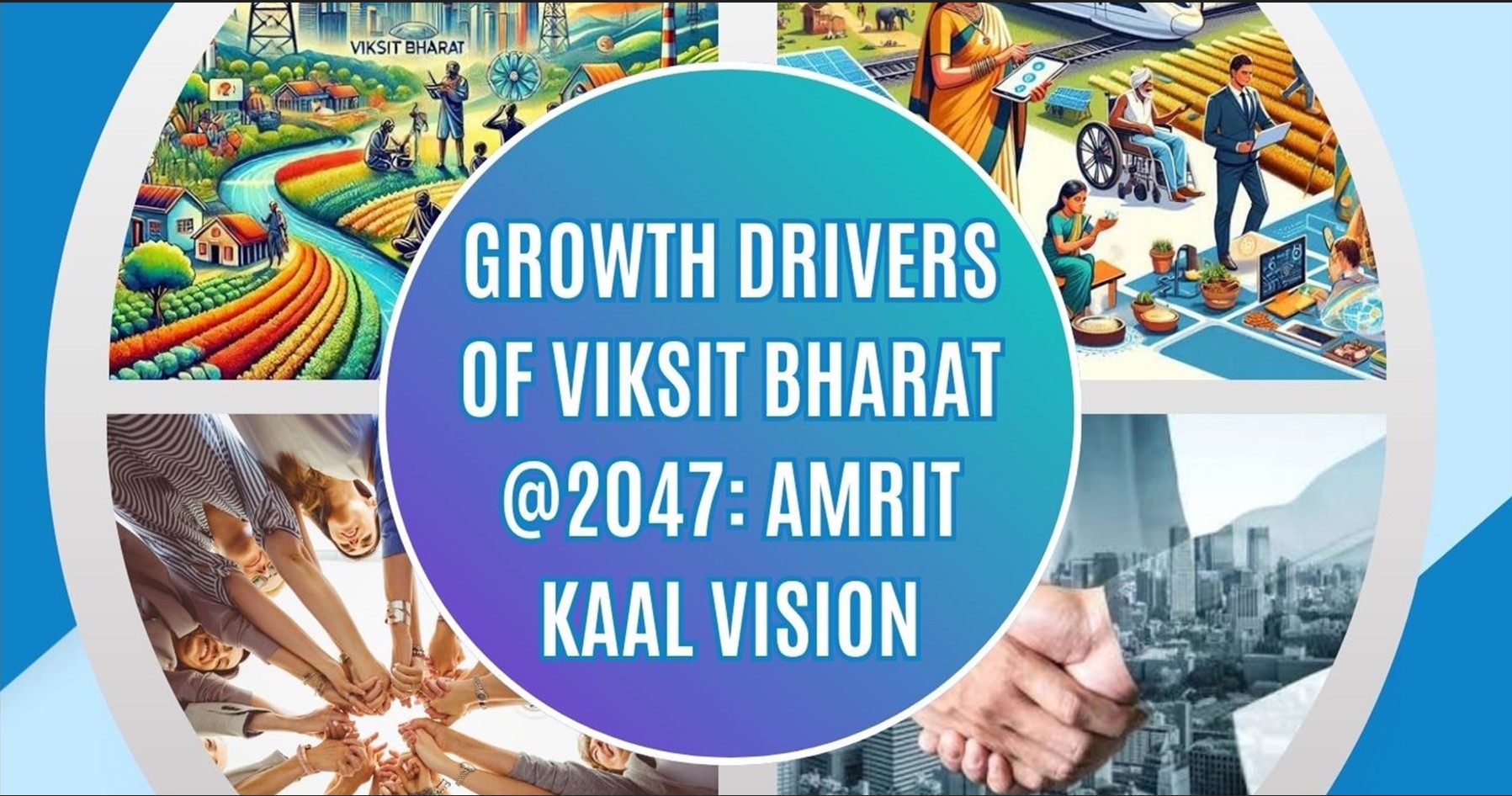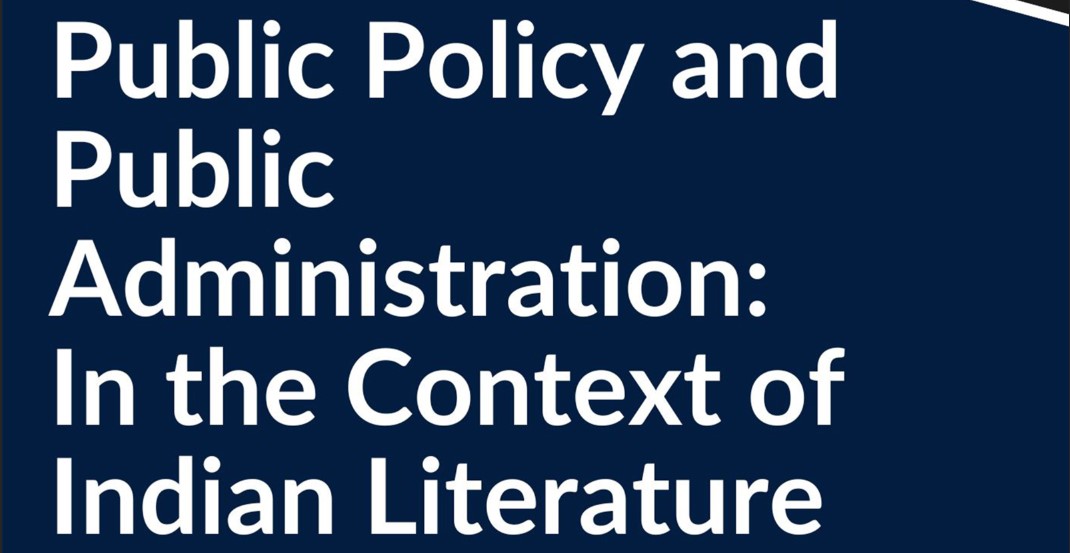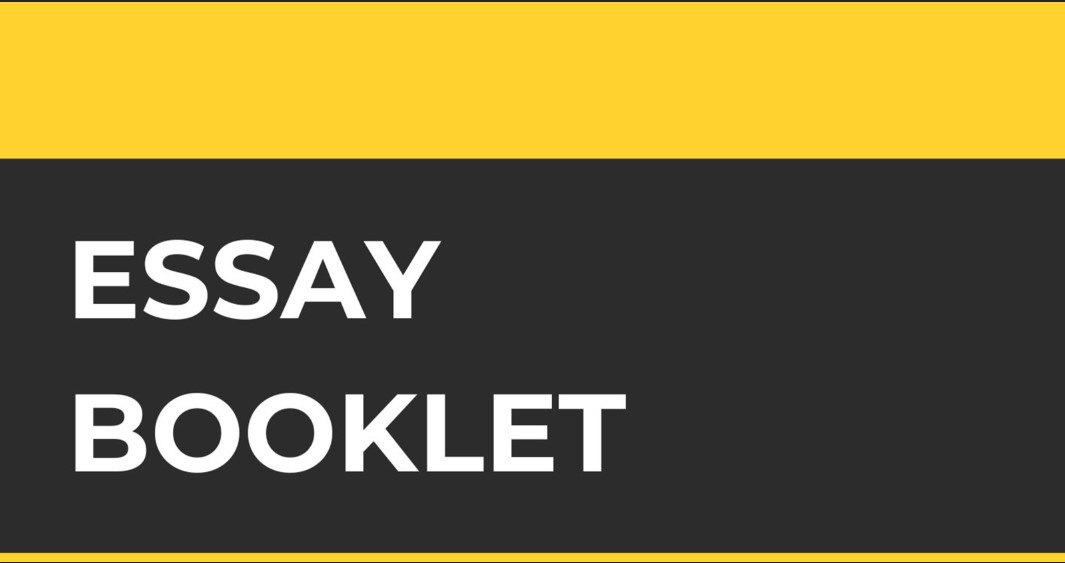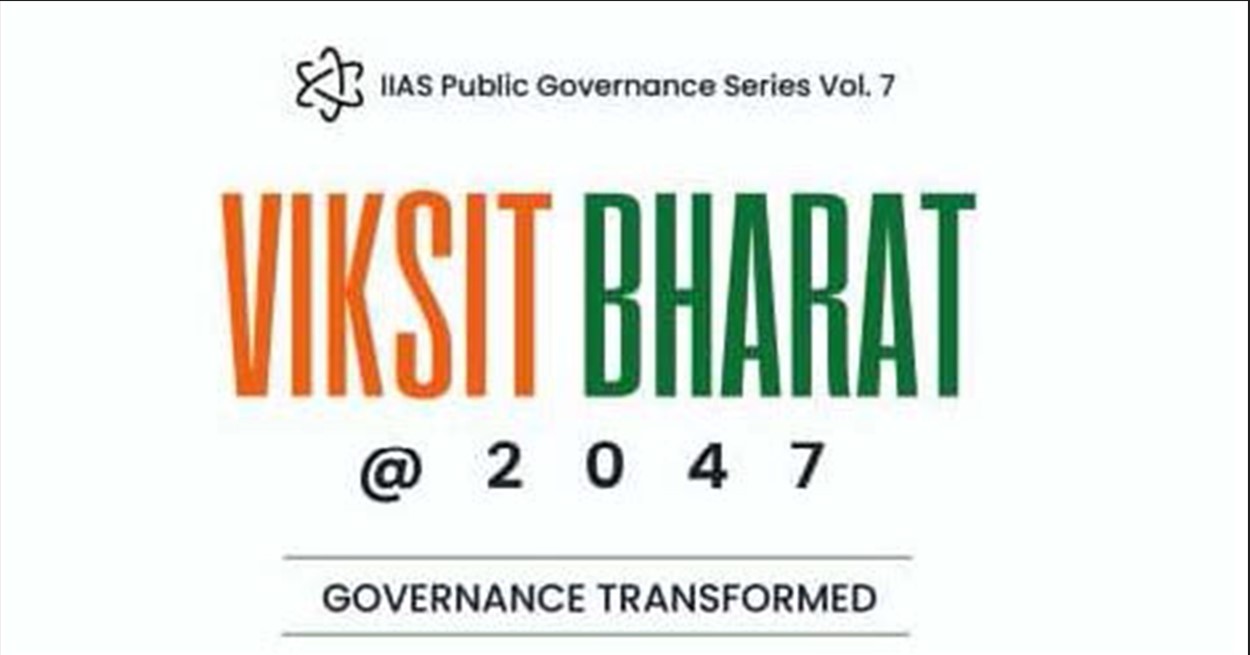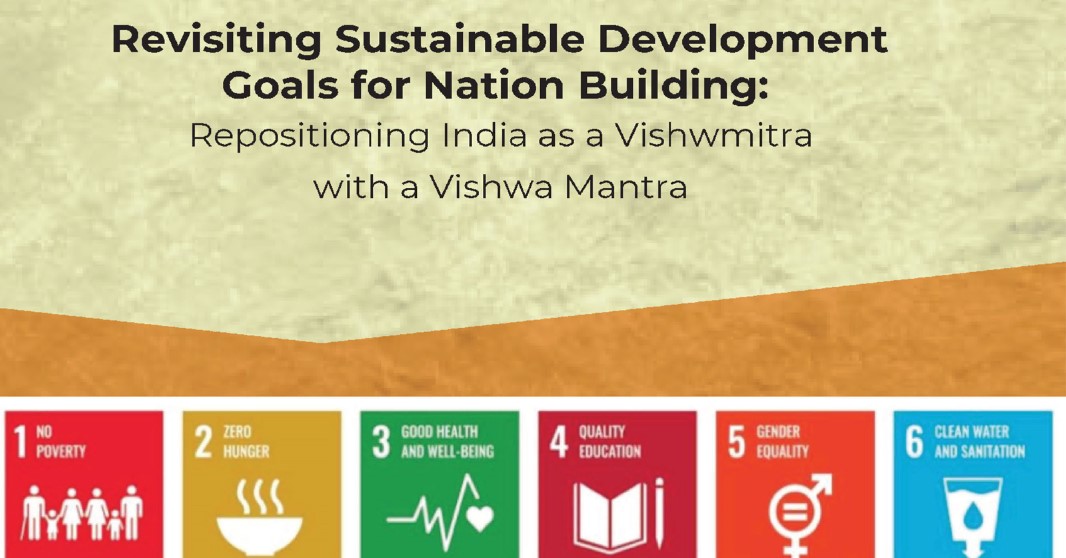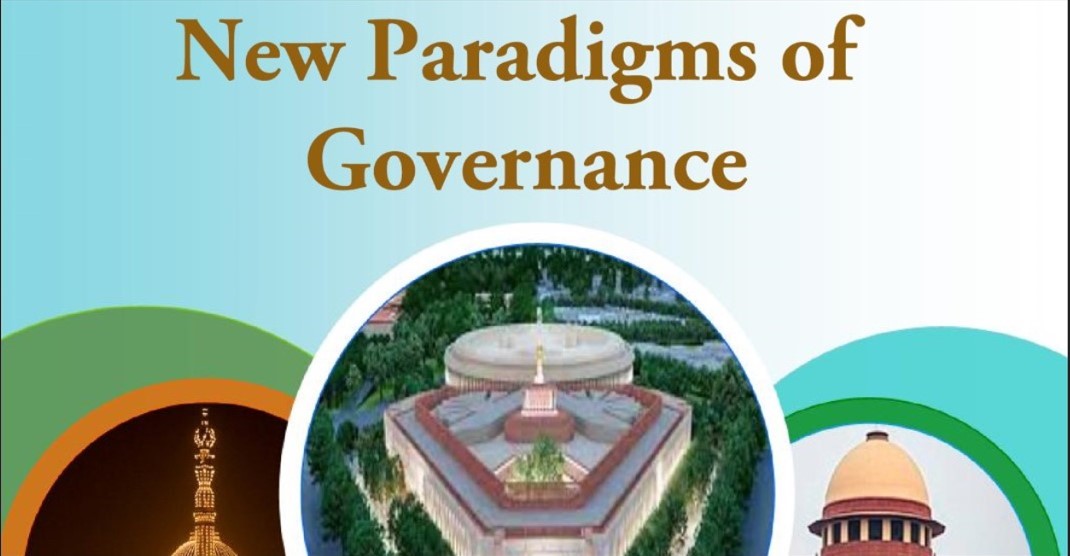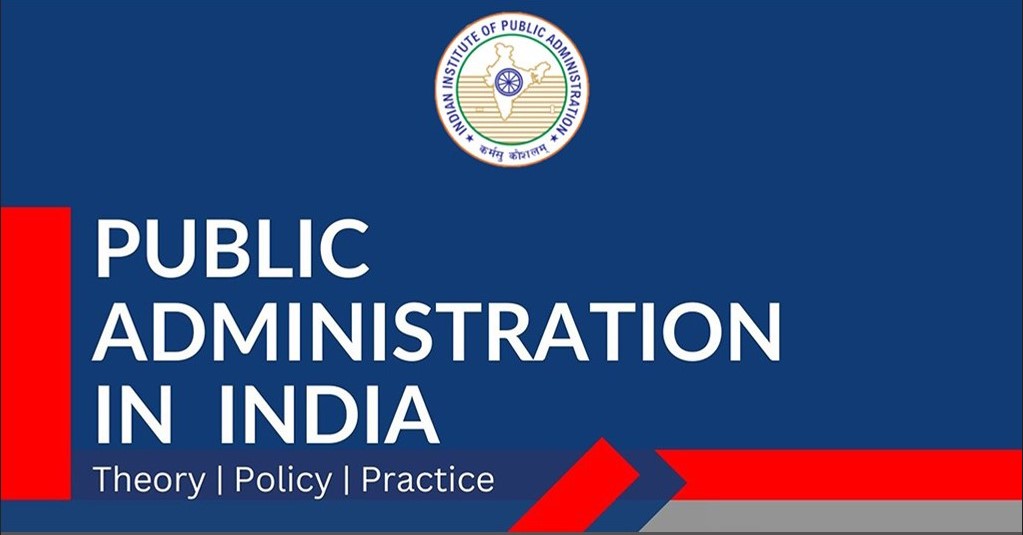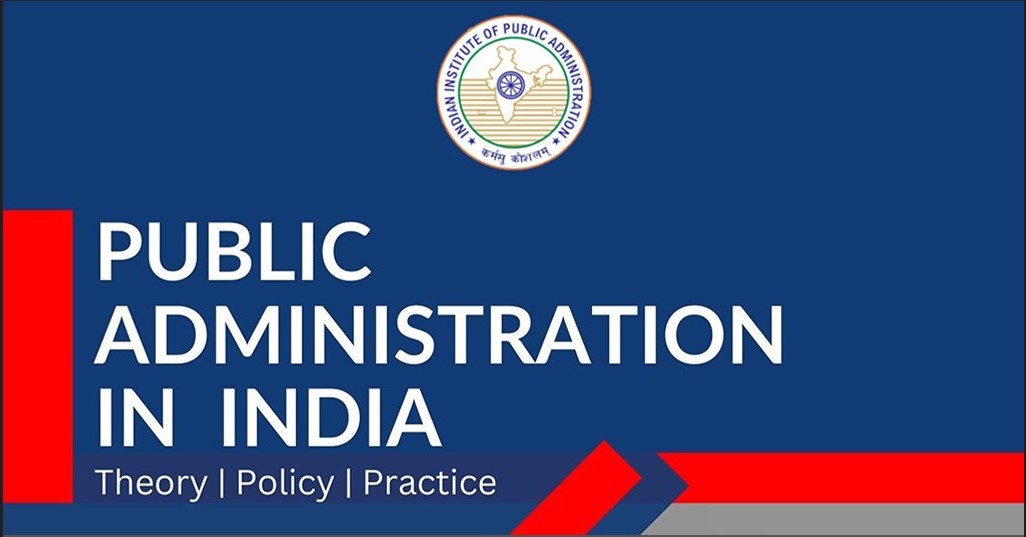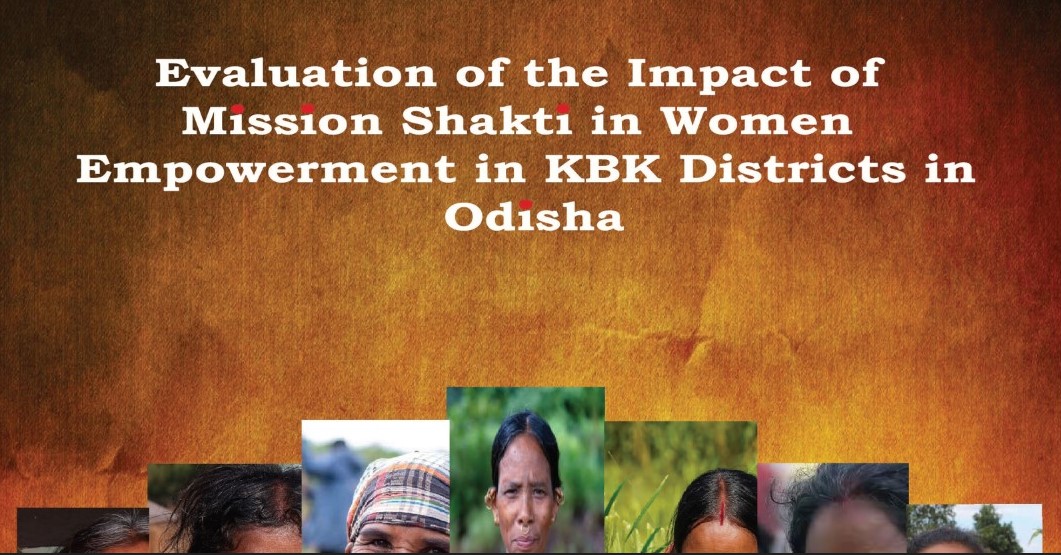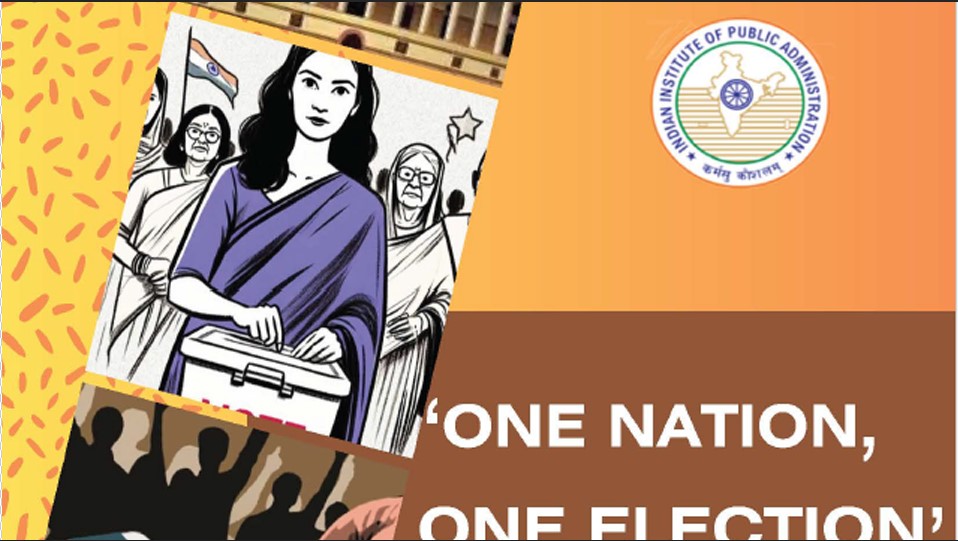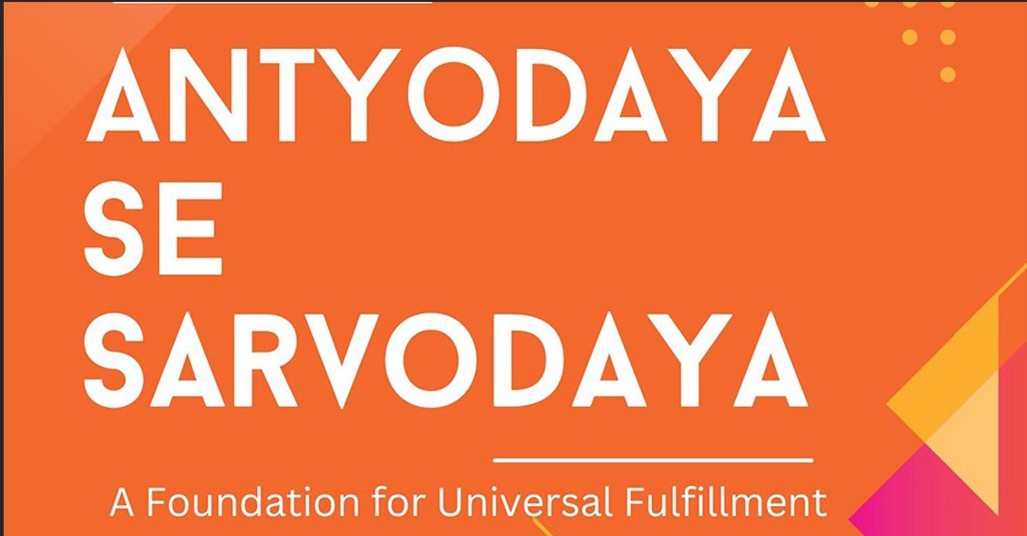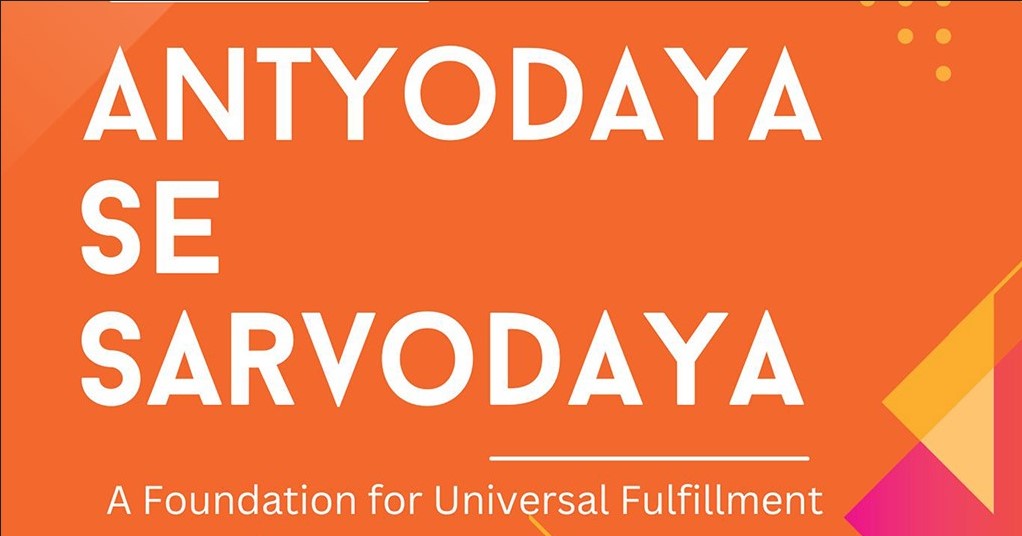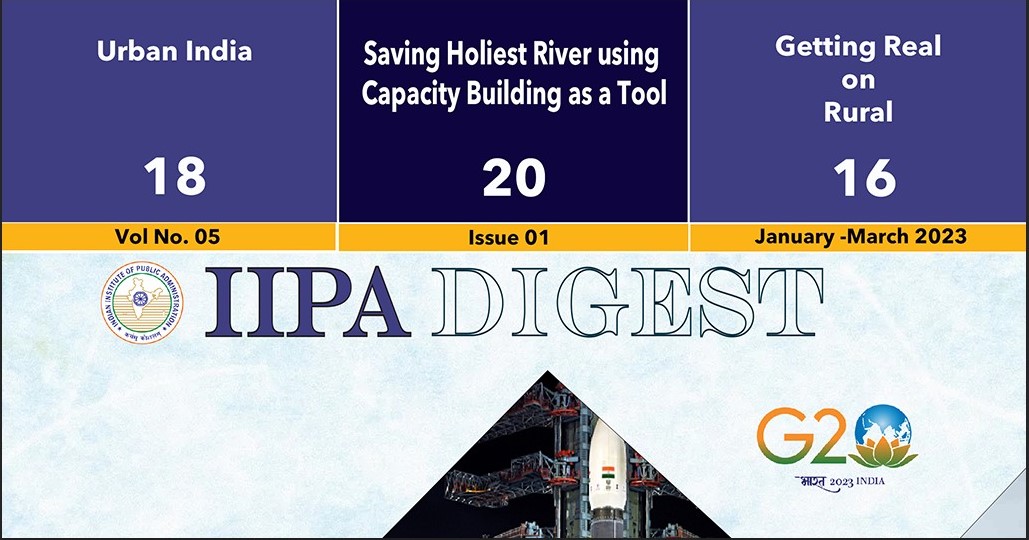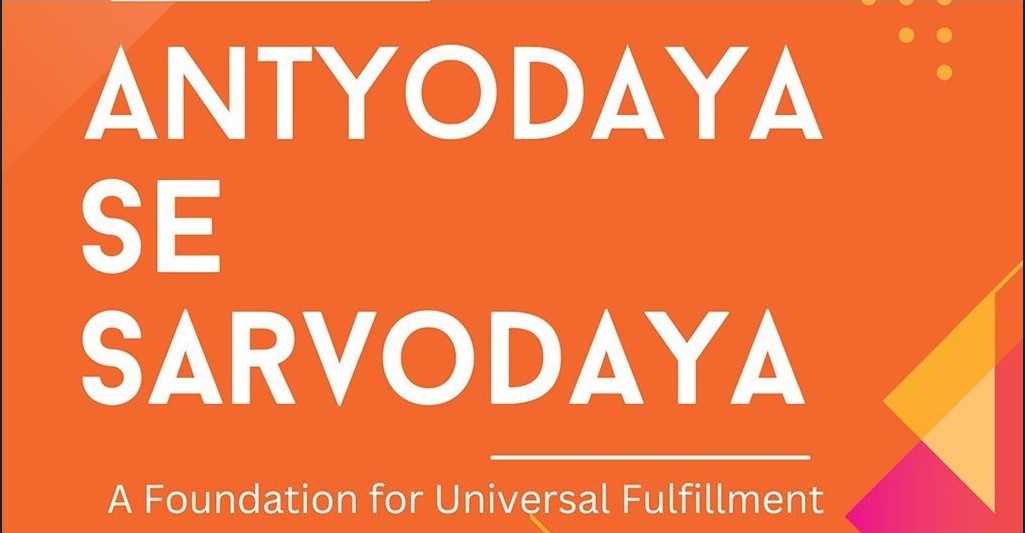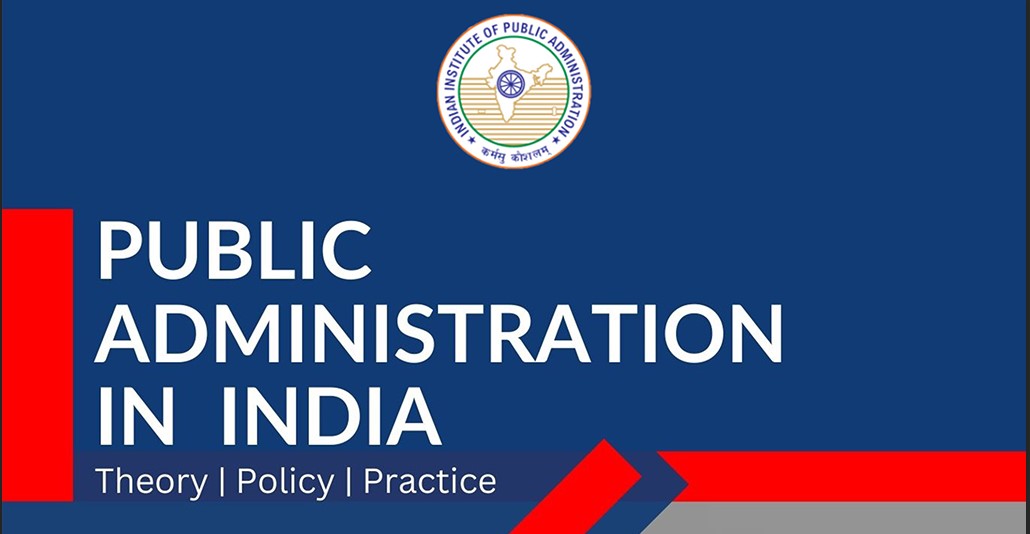Building Ethics in Decision-Making to Achieve Productivity and Efficiency
Abstract
This study aims to propose systematic, measurable, and actionable frameworks for ensuring ethical decision-making within organizational governance structures. It explores the key dimensions of ethical leadership and governance, drawing upon established frameworks and contemporary practices. The study focuses on developing tools and mechanisms for codifying decision-making processes to promote transparency, accountability, and compliance. It aligns ethical decision-making with organizational goals to foster corruption-free governance and sustainable development. By incorporating the 3 C’s framework, compliance, consensus, and consequences, it seeks to enhance organizational integrity through robust ethical practices. A case study examining procedural anomalies in a promotion policy implementation is used to demonstrate the application of these ethical principles in real-world scenarios. The findings highlight the need for revised policies, enhanced transparency, and the establishment of independent grievance mechanisms to ensure ethical decision-making across all levels of governance.
Keywords: Ethical decision-making, organizational governance, promotion policy, sustainable development, ethical framework, grievance resolution.
1. Introduction
1.1 Importance of Ethics
When leaders prioritize ethics, they not only set a standard for employees to follow but also inspire trust among stakeholders, including clients, partners, and the public. This trust forms a valuable intangible asset, enhancing an organization’s reputation and contributing to long-term resilience and loyalty.
• Trust and credibility: Ethical behavior builds trust, which is essential for effective teamwork and collaboration. When employees believe their leaders and colleagues act with integrity, they are more likely to engage openly and contribute positively to the organizational environment (Brown & Treviño, 2006).
• Reputation management: Organizations known for their ethical standards are likelier to enjoy a positive reputation. This reputation can enhance customer loyalty and attract talent, as individuals prefer to associate with companies that align with their values (Fombrun, 1996).
• Legal compliance: Adhering to ethical standards often correlates with compliance with laws and regulations. Organizations that prioritize ethics are less likely to engage in illegal activities, thereby mitigating risks of legal penalties and financial losses (Jones, 1991).
1.2 Impact of Unethical Decision-Making
Unethical decision-making can lead to devastating consequences for organizations, their employees, stakeholders, and society as a whole. These impacts can be categorized into several key areas:
• Organizational reputation: Unethical decisions can severely damage an organization’s reputation. When unethical behavior becomes public, it can lead to a loss of trust among customers, partners, and the public. This erosion of trust can result in decreased sales, loss of customers, and long-term reputational harm (Brown & Treviño, 2006). For instance, companies involved in scandals, such as Enron and Volkswagen, faced significant backlash that affected their market position and trustworthiness (Sweeney, 2019).
• Employee morale and productivity: Employees may feel demotivated or disengaged if they perceive their organization as unethical. This disillusionment can result in higher turnover rates and decreased overall productivity (Mayer et al., 2012). A study found that ethical leadership positively influences employee commitment and job satisfaction, indicating that ethical decision-making fosters a more engaged workforce (Walumbwa et al., 2010).
• Legal consequences: Engaging in unethical decision-making often leads to legal ramifications. Organizations may face lawsuits, fines, or sanctions from regulatory bodies, which can impose significant financial burdens. For example, the financial penalties faced by companies like Wells Fargo for unethical practices highlight the heavy costs associated with unethical behavior (Friedman, 2017).
2. The Role of Ethical Leadership
Ethical leadership has gained prominence as a critical factor in organizational success and corporate governance. Defined as the demonstration of normatively appropriate conduct through personal actions and interpersonal relationships, ethical leadership encompasses principles such as integrity, honesty, fairness, and accountability (Brown & Treviño, 2006).
2.1 Ethical Leadership and Organizational Culture
Research indicates that ethical leadership significantly shapes organizational culture. Leaders who model ethical behavior and decision-making foster an environment of trust and transparency. For instance, Kuenzi and Schminke (2009) found that ethical leadership is positively correlated with an ethical organizational climate, which in turn reduces unethical behaviors among employees. This alignment of leadership and culture encourages a shared commitment to ethical standards, ultimately enhancing employee morale and engagement.
2.2 Ethical Leadership and Employee Engagement
Ethical leaders promote a sense of purpose and belonging among employees, leading to increased job satisfaction and commitment. Mostafa (2020) reported that ethical leadership positively influences work meaningfulness, which is a key predictor of employee engagement.
2.3 Impact on Corporate Governance
According to Ayugi (2024), ethical leaders facilitate effective governance by establishing a moral framework that guides decision-making processes. This framework not only aligns with legal standards but also reflects a commitment to ethical principles that foster stakeholder trust and corporate reputation. Ethical leadership has been linked to better organizational performance, as it encourages responsible decision-making that considers the interests of all stakeholders (Sarwar et al., 2020).
2.4 Challenges to Ethical Leadership
Despite its benefits, ethical leadership faces several challenges within organizations. One significant barrier is the presence of competing interests and organizational politics, which can undermine ethical initiatives (Zaim et al., 2021). Leaders may encounter resistance when attempting to implement ethical practices, especially in environments where unethical behavior is normalized. Additionally, the complexity of ethical dilemmas can hinder leaders from making decisions that align with ethical standards (Fu et al., 2020).
3. Objective of the Study
The study aims to:
i. Identify and analyze the key dimensions of ethical leadership and governance through established frameworks and contemporary practices.
ii. Design monitoring and evaluation systems to measure ethical adherence and provide actionable insights for continuous improvement.
iii. Establish a holistic framework that integrates compliance, consensus-building, and consequence analysis as pillars of ethical decision-making in governance structures.
4. Methodology
Ethical decision-making can be drawn from the 3 C’s of ethical decision-making, which include compliance, consensus, and consequences. According to DuBois (2008), ethical decision-making involves generating and implementing decisions that adhere to legal and professional standards while respecting stakeholders, such as coworkers, customers, and society. The first principle, compliance, asserts that decisions are ethical if they comply with explicit rules, such as organizational policies, legal regulations, or industry standards. The second principle, consensus, involves ensuring that the majority of society or a specific group views the decision as ethically sound, based on shared values and societal expectations. Finally, the consequences principle holds that a decision is ethical if it maximizes benefits and minimizes harm to the greatest number of people. In organizations, the emphasis on these principles reflects the broader ethical culture, which should involve open dialogue and engagement across all levels to ensure ethical decision-making that goes beyond compliance to foster trust, integrity, and long-term organizational effectiveness (Kaptein, 2011).
5. Case Study: Procedural Anomalies in Promotion Policy Implementation
A real-life case based on a consultant's experience highlights the promotion policy of an organization that may be referred to as the National Important Organization (NIO). In 1980, NIO established a promotion policy emphasizing seniority-cum-merit-based promotions. The policy allocated weightage across three components: annual performance (30%), length of service (20%), and suitability for higher responsibilities assessed through an interview (50%) for promotion from (i) Deputy Director to Director Grade II, (ii) Director Grade II to Director Grade I whereas promotion policy was not available for promotion from Director Grade I to Deputy Director General (DDG). This framework was revised in 1987 to prioritize merit-cum-seniority, though the structural components of the policy remained unchanged.
Also, for decades, the promotions were conducted without a clearly defined structure for the Departmental Promotion Committee (DPC). This lack of clarity was addressed in a 2021 order that established a standing structure for the DPC as follows:
• Promotion from Director Grade-I to Deputy Director General: The committee includes one Director General (DG), one Joint Secretary-level officer to the Government of India, and one expert from a Government Organization, Public Sector Unit, or National Institute.
• Promotion from Director Grade-II to Director Grade-I: The committee comprises one DG, one Director-level officer from the Government of India, and one DDG.
• Promotion from Deputy Director to Director Grade-II: The committee consists of one DG, one DDG, and one Director Grade-I.
In 2023, operational challenges emerged when there was no incumbent in the position of DDG. As per the order of 2021, the DG issued an order having the name of officers with designation and with the name of post “title (when appointed)” for DPC purposes. However, before such orders could be implemented, the nominated officers got promoted to the next level, resulting in a DPC structure comprising one DG and two DDG-designated officials instead of the approved composition for promotion from Deputy Director to Director Grade II. However, the same composition was used in the conduct of the interview for promotion.
Furthermore, candidates were not informed about the promotion policy or its subsequent orders before their implementation in the DPC process. Despite demonstrating excellent performance during the evaluation period, many candidates were denied promotion. Consequently, 4-5 candidates could assess such anomalies and raise objections to the interview process, citing concerns such as an insufficient number of questions, inadequate response time, and an unusual haste in evaluation of results.
The candidates submitted their representation, challenging the DPC's decision. However, the organization rejected the representation through a committee comprising officers from the same DPC, without providing detailed justifications.
Subsequently, the matter was escalated to the Appellate Authority, which constituted a Higher-Powered Committee, which reviewed the case and identified the following procedural flaws:
i. Promotion Policy: The policy was either non-existent or outdated
ii. DPC Composition: The composition of the DPC was not as per the approved policy
iii. Lack of Transparency: The organization failed to adhere to the requisite benchmark practices in conducting the promotion
iv. Haste in DPC conduction: It has caused multiple lapses in adherence to the policy.
6. Case Study Analysis
The 3C's model for ethical decision-making, Compliance, Consensus, and Consequences, provides a structured framework for analysing the ethical dimensions of this case study at various levels. Here’s an analysis of each level:
6.1 Compliance
This dimension addresses the concern of adherence to laws, regulations, and established policies. The promotion procedure was based on a policy that was vague and failed to mention provisions regarding promotion up to the level of Deputy Director General (DDG). Moreover, the composition of the DPC did not comply with the prescribed structure, as it included two DDG-designated officials instead of the prescribed members. Candidates were inadequately informed about the process, and the interview process was not transparent, thereby violating established criteria.
6.2 Consensus
The process of a Departmental Promotion Committee (DPC) failed to demonstrate adequate involvement and consensus-building with relevant stakeholders, including the candidates. The rejection of the representations made by candidates who had members from DPC raised serious questions of conflict of interest, which taints the integrity of the procedure and erodes trust from the stakeholders.
6.3 Consequences
This dimension assesses the results and ethical implications of the judgments rendered. Procedural deficiencies and a lack of transparency at the DPC level have made everyone distrust the organization and reduced the confidence of employees in the process of promotion process. Neglect of grievances and the absence of fair procedures discouraged candidates and also brought the overall morale of the organization lower.
6.4 Recommendations for Ethical Decision-Making
• There is a necessity for a review of the promotion policy to update the obsolete clauses.
• The Departmental Promotion Committee (DPC) should strictly follow a prescribed constitution.
• Policies, criteria, and procedures for interviews would be effectively communicated.
• A neutral grievance redressal mechanism needs to be established.
7. Model Framework for Ethical Decision-Making
• Distinguishing approving authority from executing functions: To avoid conflicting interests, there should be a clear separation between authorities in decision-making and execution. This stems from the Central Vigilance Commission of India's public procurement system has established guidelines distinguishing the functions of tender review committees and approving authorities. This ensures transparency and objectivity in contract allocation (Central Vigilance Commission, 2023).
• Documented code of conduct: The committee members should follow an established code of conduct that ensures integrity in decision-making. The United Nations has a comprehensive code of conduct for its personnel that advocates for ethical behavior and impartiality in policy execution (United Nations, 2022).
• Documentation and accountability of decisions: Ensuring the accurate recording of decisions along with the reasons thereof is the first step toward accountability. A prime example is the U.S. Food and Drug Administration (FDA), which demands that every decision regarding medication approvals, from meeting minutes to accompanying documents, be documented to ensure public confidence (FDA, 2021).
• Verification of ethical standards and qualifications for committee members: The World Bank's procurement committees assess participants through a review of their qualifications and histories to guarantee ethical practices in project execution (World Bank, 2020).
• Policy review audit: Regular audits of policies guarantee compliance with ethical norms and assess their efficacy. The Australian government routinely evaluates its immigration rules to guarantee adherence to human rights responsibilities and consistent implementation across instances (Australian Department of Home Affairs, 2022).
• Stakeholder contributions: Stakeholders are included in the policy-making process to ensure that the policies are in line with the expectations of stakeholders. The European Union seeks public opinion in the development of environmental regulations to ensure conformity with the expectations of citizens and industries (European Commission, 2022).
• Grievance resolution metrics: Equitability and efficiency are guaranteed when assessing the effectiveness of grievance redressal mechanisms. The Integrated Grievance Redressal System (IGRS) for the respective state or CPGRAMS at the central level offers measures for complaint resolution. It evaluates the quality of responses to ensure client satisfaction.
Conclusion
The 3C's model, compliance, consensus, and consequences, promotes systematic approaches to ensure transparency and accountability. A case study on procedural anomalies in promotion policies shows lapses such as outdated guidelines, inadequate communication, and conflicting interests in grievance redressal that eroded trust and organizational morale. The findings suggest updating obsolete policies, ensuring compliance with established frameworks, and having a complaint process free of biased interest. Ethical leadership, which advocates for openness and stakeholders' accord, is essential in ensuring that decisions are aligned with organizational and social goals.
References
1. AYugi, I. (2024). Ethical leadership and its impact on corporate governance. Eurasian Experiment Journal of Arts and Management, 5(3), 35-39.
2. Brown, M. E., & Treviño, L. K. (2006). Ethical leadership: A review and future directions. Leadership Quarterly, 17(6), 595-616.
3. DuBois, C. (2008). Ethical Decision Making. Journal of Business Ethics, 8(2), 341-357.
4. Fombrun, C. J. (1996). Reputation: Realizing Value from the Corporate Image. Harvard Business Review Press.
5. Friedman, H. (2017). Wells Fargo fined $3 billion over fake accounts scandal. CNN Business. Retrieved from CNN Business.
6. JOnes, T. M. (1991). Ethical decision making by individuals in organizations: An issue-contingent model. Academy of Management Review, 16(2), 366-395.
7. Kaptein, M. (2011). The Ethical Culture in Organizations: Theory and Practice. Springer.
8. Kepstein, M. (2011). Understanding unethical behavior by unraveling ethical culture. Human Relations, 64(6), 843-869.
9. Kuenzi, M., & Schminke, M. (2009). Ethical climate, ethical leadership, and employee outcomes: An empirical investigation. Journal of Business Ethics, 45(4), 423-439.
10. Mayer, D. M., Aquino, K., Greenbaum, R. L., & Kuenzi, M. (2012). Who displays ethical leadership, and why does it matter? Business Ethics Quarterly, 22(2), 345-373.
11. Mostafa, A. M. (2020). Ethical leadership, work meaningfulness, and work engagement in the public sector. Review of Public Personnel Administration, 40(1), 112-131.
12. Sarwar, H., Ishaq, M. I., Amin, A., & Ahmed, R. (2020). Ethical leadership, work engagement, employees’ well-being, and performance: A cross-cultural comparison. Journal of Sustainable Tourism, 28(12), 2008-2026.
13. Sweeney, J. (2019). The legacy of Enron: A cautionary tale for corporate America. Harvard Business Review. Retrieved from HBR.
14. Walumbwa, F. O., Luthans, F., Avey, J. B., & Okey, M. (2010). Authentically leading groups: The mediating role of collective efficacy and trust. Journal of Organizational Behavior, 31(1), 1-19.
15. Zaim, H., Demir, A., & Budur, T. (2021). Ethical leadership, effectiveness, and team performance: An Islamic perspective. Middle East Journal of Management, 8(1), 42-66.
Leave a comment
More articles from Governance & Polity




